Starfield PC Review: A Bethesda Gamble That Mostly Pays Off Bethesda Game Studios has always been synonymous with sprawling open worlds, player freedom, and a healthy dose of jank.
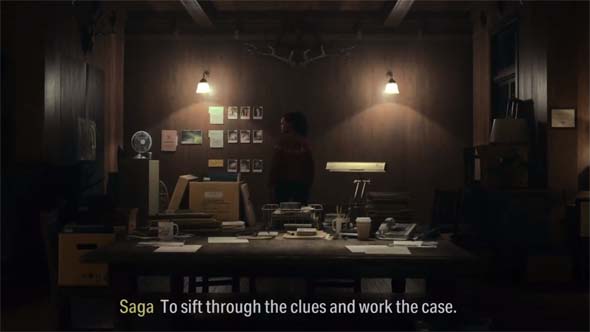
Bethesda Game Studios has always been synonymous with sprawling open worlds, player freedom, and a healthy dose of jank. With Starfield, they've taken their signature formula to the stars, promising a galaxy of possibilities. But does the reality live up to the hype? As a seasoned PC gaming enthusiast who's spent countless hours exploring Tamriel and the Wasteland, I've delved deep into Starfield's vast universe to bring you this comprehensive review. Is it a worthy addition to Bethesda's legacy, or does its immense scope come at the expense of depth? Let’s find out.
Gameplay & Mechanics: Cosmic Construction
Starfield gives you the tools to become a cosmic architect, with robust outpost building and ship customization systems. Let's dive in.
Outpost Building: Laying Down Roots in the Cosmos
Outpost building is a significant component of Starfield. You'll be scouring planets for resources like Iron, Aluminum, and the crucial Helium-3. Resource gathering is handled through automated extractors, which you’ll need to power, and manual mining for rarer materials. It's a loop that can be both engaging and, at times, a bit tedious.
The module placement system is fairly straightforward. You have a range of options, from basic hab units and hydroponics labs to industrial machinery for refining raw resources. Each module has its own functionality and limitations, including power requirements and structural dependencies. Getting your power grid sorted is crucial, as is ensuring everything is structurally sound – no one wants their hydroponics lab collapsing during a meteor shower.
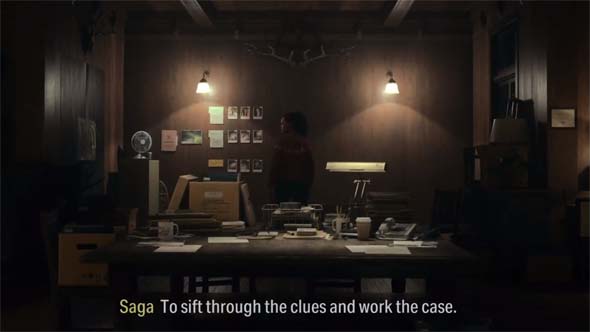 The outpost construction interface highlights module placement, resource requirements, and customization options, showing a hab unit being placed on a Martian landscape with visible resource veins nearby.
The outpost construction interface highlights module placement, resource requirements, and customization options, showing a hab unit being placed on a Martian landscape with visible resource veins nearby.
Crew assignment adds another layer. Assigning crew members, like the ever-helpful Vasco, to your outpost can significantly boost resource production and provide defense against the local fauna. Certain crew members have specific skills that make them ideal for certain roles. A skilled engineer will keep your extractors running smoothly, while a security specialist will keep those pesky space roaches at bay.
The overall functionality of outposts is impressive. You can use them for resource production to craft weapon mods, research new technologies, and even establish trade routes with passing ships. The user interface for outpost building is reasonably intuitive, making it easy to connect modules and understand resource requirements. However, there are limitations, such as the maximum outpost size, which can feel restrictive when you're trying to build a sprawling industrial complex.
Compared to Fallout 4's settlement system, Starfield's outpost building feels more focused on resource management and less on creating a bustling community. While Fallout 4 emphasized defending against raiders, Starfield focuses on optimizing your resource extraction and production.
Ship Customization: Your Starfaring Home
Ship customization is where Starfield truly shines. You can swap out ship components, add new weapons, customize the ship's paint job and decals, and even design ships from scratch using a modular design system. The level of detail is impressive. Want a heavily armed freighter? Go for it. A sleek, fast scout ship? No problem. The choice is yours.
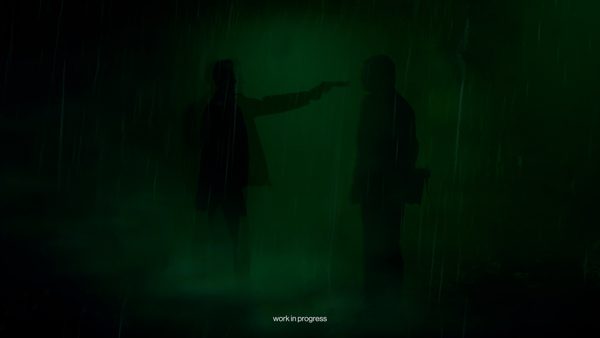 The ship customization interface emphasizes the modularity of the ship, the different module options (engines, weapons, cargo holds), and painting/cosmetic customization features, showcasing a ship's interior design.
The ship customization interface emphasizes the modularity of the ship, the different module options (engines, weapons, cargo holds), and painting/cosmetic customization features, showcasing a ship's interior design.
Compared to No Man's Sky, Starfield's ship customization feels more grounded and mechanically focused. While No Man's Sky offers a wider range of visual styles, Starfield prioritizes functionality and performance. You'll need to carefully balance your ship's power, weight, and weapon loadout to maximize its effectiveness in combat and exploration. There are ship weight limitations, so optimizing engine power for speed and maneuverability is critical.
Exploits and Strategies
There are a few exploits and strategies to maximize resource gathering. Prioritizing high-yield resource nodes is a no-brainer, but you can also chain outposts together to create efficient supply lines. For ship performance, understanding the interplay between engine power, mass, and aerodynamics is crucial. Experiment with different engine types and weapon configurations to find the optimal setup for your playstyle.
Narrative Analysis: Pirate or Patriot?
The narrative in Starfield is driven by faction quests and the moral choices you make within them. The Crimson Fleet and United Colonies questlines are particularly compelling.
Crimson Fleet vs. United Colonies: A Moral Crossroads
Siding with the Crimson Fleet has significant consequences. Your reputation with the United Colonies will plummet, resulting in bounties and restricted access to UC territories. However, you'll gain access to exclusive black market vendors and lucrative smuggling missions.
 A pivotal dialog moment showcases an important moral choice in the Crimson Fleet questline, where the player is faced with a difficult decision, showing both faction leaders clearly.
A pivotal dialog moment showcases an important moral choice in the Crimson Fleet questline, where the player is faced with a difficult decision, showing both faction leaders clearly.
Upholding the law with the United Colonies offers its own rewards, including citizenship and access to UC resources. You'll be helping to maintain stability and security in the settled systems, but you'll also be forced to make some tough choices along the way.
These moral complexities are reminiscent of The Outer Worlds, where decisions often have unintended consequences and there are no easy answers. The factions are well-developed, with compelling characters like the charismatic pirate leader Delgado and the stern UC Commander Ikande. Their motivations are believable, with the Crimson Fleet seeking freedom from corporate control and the UC striving to maintain order.
The faction choices you make affect the overall story, potentially leading to different endings and altering the balance of power in the settled systems. You have real agency in how these conflicts play out.
Graphics: Worlds Apart
Starfield's graphical fidelity is a mixed bag. The planet generation is ambitious, but the results can be inconsistent.
Planet Generation & Environmental Variety
Jemison, with its lush forests and the gleaming city of New Atlantis, is a visual treat. The forests have towering trees and dense undergrowth. New Atlantis features towering skyscrapers and bustling streets.
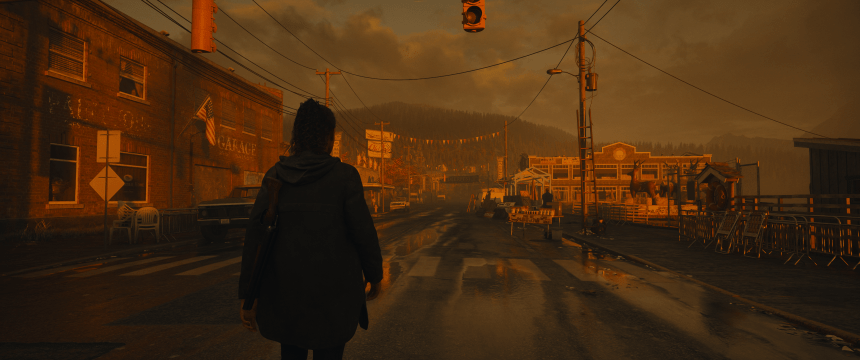 Jemison shows diverse environments, including forests with bioluminescent plants, bodies of water reflecting the sunset, and the cityscape of New Atlantis with futuristic architecture gleaming in the distance, with atmospheric details like wispy clouds.
Jemison shows diverse environments, including forests with bioluminescent plants, bodies of water reflecting the sunset, and the cityscape of New Atlantis with futuristic architecture gleaming in the distance, with atmospheric details like wispy clouds.
Akila, on the other hand, presents a stark contrast. The arid landscapes, rocky terrain, and western-inspired architecture of Akila City create a desolate and windswept atmosphere. The arid landscapes have vast deserts and towering mesas.
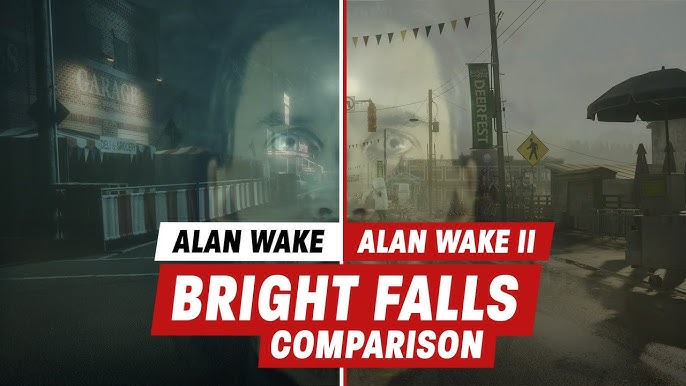 Akila showcases the arid landscape with swirling dust devils in the distance, rocky terrain with jagged cliffs casting long shadows, and the unique architectural style of Akila City with its western-inspired buildings and fortified walls, creating a desolate and windswept mood.
Akila showcases the arid landscape with swirling dust devils in the distance, rocky terrain with jagged cliffs casting long shadows, and the unique architectural style of Akila City with its western-inspired buildings and fortified walls, creating a desolate and windswept mood.
However, some of the procedurally generated planets can feel repetitive and lacking in detail. While the game strives for realism with detailed textures, terrain, and weather effects, it doesn't always reach the handcrafted quality of games like The Last of Us Part I. That game has detailed environmental storytelling, where every building and street tells a story of the apocalypse.
Realism and Limitations
The weather effects are well-done. Rain reduces visibility and creates puddles, snow covers the landscape, and sandstorms reduce visibility. The variety of flora and fauna is also impressive, with everything from towering fungal forests to predatory alien creatures.
PC Performance: Red Team Advantage?
Starfield's PC performance has been a point of contention. Let's break it down.
AMD FidelityFX Super Resolution (FSR) & CPU Utilization
AMD FidelityFX Super Resolution (FSR) can significantly improve performance, especially at higher resolutions. It boosts frame rates while maintaining acceptable visual quality. However, at lower resolutions, the impact on image clarity can be more noticeable.
 A side-by-side screenshot compares Starfield with FSR enabled versus disabled, showcasing the differences in image quality and performance, focusing on texture clarity and sharpness in distant objects.
A side-by-side screenshot compares Starfield with FSR enabled versus disabled, showcasing the differences in image quality and performance, focusing on texture clarity and sharpness in distant objects.
On PCs with AMD Ryzen 7000 series CPUs, like the Ryzen 7 7700X and Ryzen 9 7900X, Starfield generally performs well, though CPU utilization can spike during demanding gameplay scenarios. The game seems well-optimized for AMD hardware.
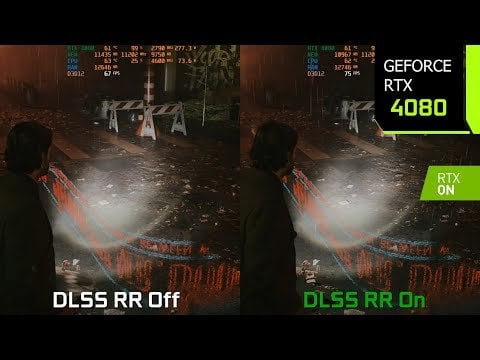 A performance overlay displays CPU utilization with an AMD Ryzen 7 7700X CPU during a large-scale battle, showcasing how efficiently the CPU is being utilized, with a frame rate counter visible in the corner of the screen, with many effects.
A performance overlay displays CPU utilization with an AMD Ryzen 7 7700X CPU during a large-scale battle, showcasing how efficiently the CPU is being utilized, with a frame rate counter visible in the corner of the screen, with many effects.
FSR is effective in mitigating performance bottlenecks caused by high resolutions or demanding graphics settings.
Overall Experience: Bethesda's Gamble
Starfield is a game of immense scope, with over 1,000 planets, hundreds of quests, and countless activities. But does it sacrifice depth for breadth?
Scope vs. Depth & Bethesda's Legacy
The game's vastness is both a blessing and a curse. While there's always something new to discover, the narrative can feel diluted at times. The main storyline is engaging, but the character relationships and moral choices don't always have the impact they should.
 A player designed ship painted in a striking metallic red, flying over an alien planet with purple skies and bizarre, alien flora. The lighting is dramatic, with the ship silhouetted against the horizon.
A player designed ship painted in a striking metallic red, flying over an alien planet with purple skies and bizarre, alien flora. The lighting is dramatic, with the ship silhouetted against the horizon.
Starfield lives up to Bethesda's legacy in some ways. It offers a sense of freedom and exploration reminiscent of Skyrim, and the crafting and settlement-building aspects are similar to Fallout 4. However, the game's sheer size can be overwhelming, leaving players feeling lost and directionless.
Final Verdict
Starfield is an ambitious and flawed game. It's a massive open-world RPG with engaging gameplay mechanics, a compelling narrative, and impressive ship customization. However, its vast scope comes at the expense of depth in some areas, and the planet generation can be inconsistent.
Ultimately, Starfield is a gamble that mostly pays off. It's a game that will appeal to both casual players and hardcore enthusiasts. If you're seeking a vast open-world RPG experience, Starfield is worth the investment, especially if you’re running an AMD-based PC. Just be prepared for a few bumps along the way.